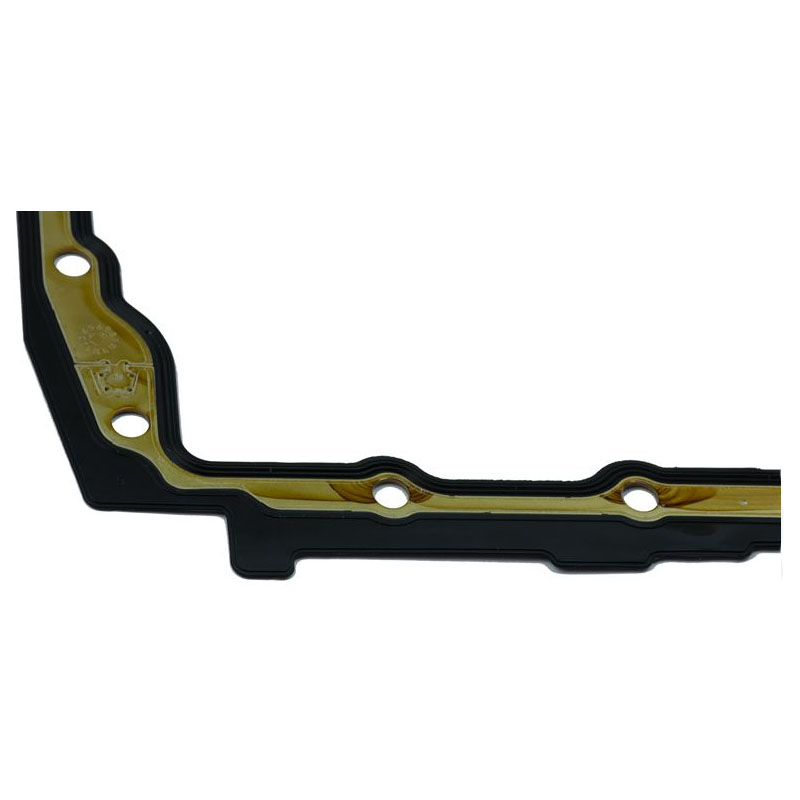back crankshaft oil seal
Understanding Back Crankshaft Oil Seal An Essential Component for Engine Efficiency
The back crankshaft oil seal plays a vital role in the proper functioning of an internal combustion engine. Often overlooked during routine vehicle maintenance, this component is essential for preventing oil leaks and maintaining optimal engine performance. This article delves into the significance of the back crankshaft oil seal, its functions, potential issues, and the importance of regular inspection.
What is the Back Crankshaft Oil Seal?
The back crankshaft oil seal, also known as the rear main seal, is positioned at the rear end of the crankshaft, where it exits the engine block. It serves as a barrier to keep engine oil contained within the crankcase while allowing the crankshaft to rotate freely. Typically made from rubber or elastomer materials, the seal is designed to withstand high temperatures and pressure fluctuations.
Functions of the Back Crankshaft Oil Seal
1. Preventing Oil Leaks One of the primary functions of the back crankshaft oil seal is to prevent motor oil from leaking out of the engine. Leakages not only lead to a loss of oil—essential for lubrication and cooling—but can also create messy situations underneath the vehicle.
2. Protecting Engine Components The oil seal acts as a protective barrier against dirt, dust, and debris that could enter the engine through the crankshaft. This helps maintain the integrity and longevity of critical engine components.
3. Maintaining Oil Pressure The seal helps maintain proper oil pressure within the engine. Adequate oil pressure is crucial for ensuring that all moving parts receive sufficient lubrication, thereby reducing wear and tear.
Common Issues Related to the Back Crankshaft Oil Seal
Over time, the back crankshaft oil seal is susceptible to wear and tear
. Several factors can contribute to its deterioration, including- Age and Mileage As vehicles age, rubber seals can dry out, crack, or degrade, leading to potential leaks.
back crankshaft oil seal

- High Temperatures Excessive heat can cause the seal material to harden and lose its flexibility, resulting in compromised sealing capabilities.
- Poor Installation If the seal is incorrectly installed during an engine rebuild or repair, it may not provide a proper seal, leading to leaks.
Signs of a Failing Back Crankshaft Oil Seal
Vehicle owners should be vigilant for signs indicating that the back crankshaft oil seal may be failing. Common symptoms include
- Oil Spots Finding oil spots where the vehicle is parked could indicate a leak from the rear crankshaft seal.
- Oil Smoke If oil leaks onto the exhaust system, it may create smoke, which is a visible sign of a leaking seal.
- Engine Performance Issues An oil leak can lead to low oil levels, which might affect engine performance, manifesting in increased friction and potential engine damage.
The Importance of Regular Inspection and Maintenance
To avoid potential problems associated with a failing back crankshaft oil seal, regular inspection and maintenance are crucial. When changing the oil, mechanics should visually inspect the rear main seal for signs of wear or leakage. Early detection can prevent more severe engine damage and costly repairs.
In conclusion, the back crankshaft oil seal is a small but significant component of an engine's overall function. Understanding its role and recognizing potential issues can help vehicle owners maintain their engines more effectively, ensuring longevity and optimal performance. Regular maintenance and timely repairs are essential for keeping the engine in top shape and avoiding catastrophic failures down the line.
-
Simplifying Oil Changes: A Comprehensive Guide to Oil Drain Plugs and Their Variants
News Aug.04,2025
-
Mastering Oil Drain Maintenance: Solutions for Stripped, Worn, and Upgraded Oil Plugs
News Aug.04,2025
-
Fixing Oil Pan Plug Issues: Leaks, Stripped Nuts, and the Right Replacement Solutions
News Aug.04,2025
-
Everything You Need to Know About Oil Drain Plugs: Sizes, Fixes, and Upgrades
News Aug.04,2025
-
Choosing the Right Oil Drain Plug: A Guide to Sizes, Materials, and Drain Innovations
News Aug.04,2025
-
A Complete Guide to Automotive Drain Plugs: Types, Problems, and Innovative Solutions
News Aug.04,2025
-
The Ultimate Guide to Car Repair Kits: Tools and Essentials Every Driver Should Own
News Aug.01,2025
Products categories















